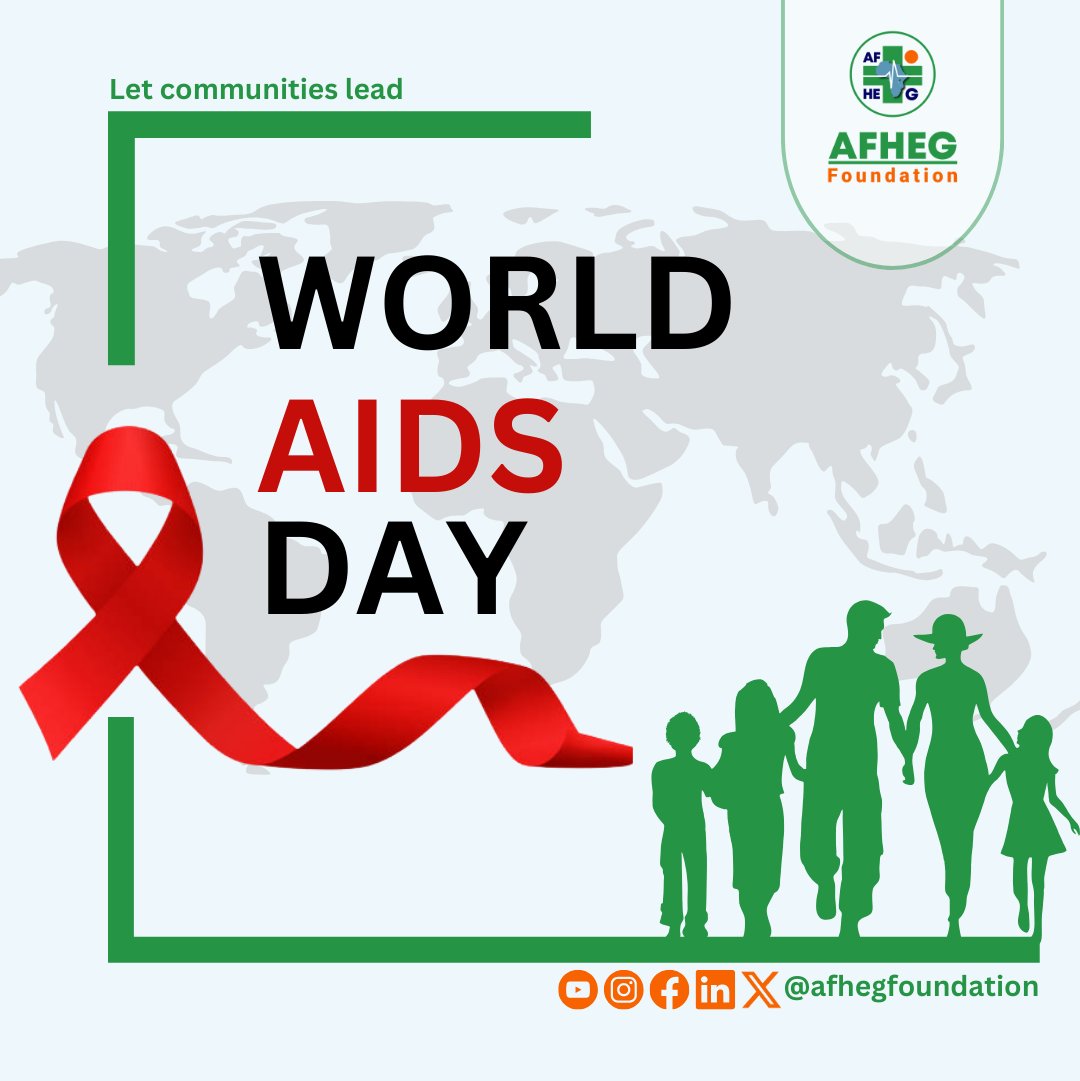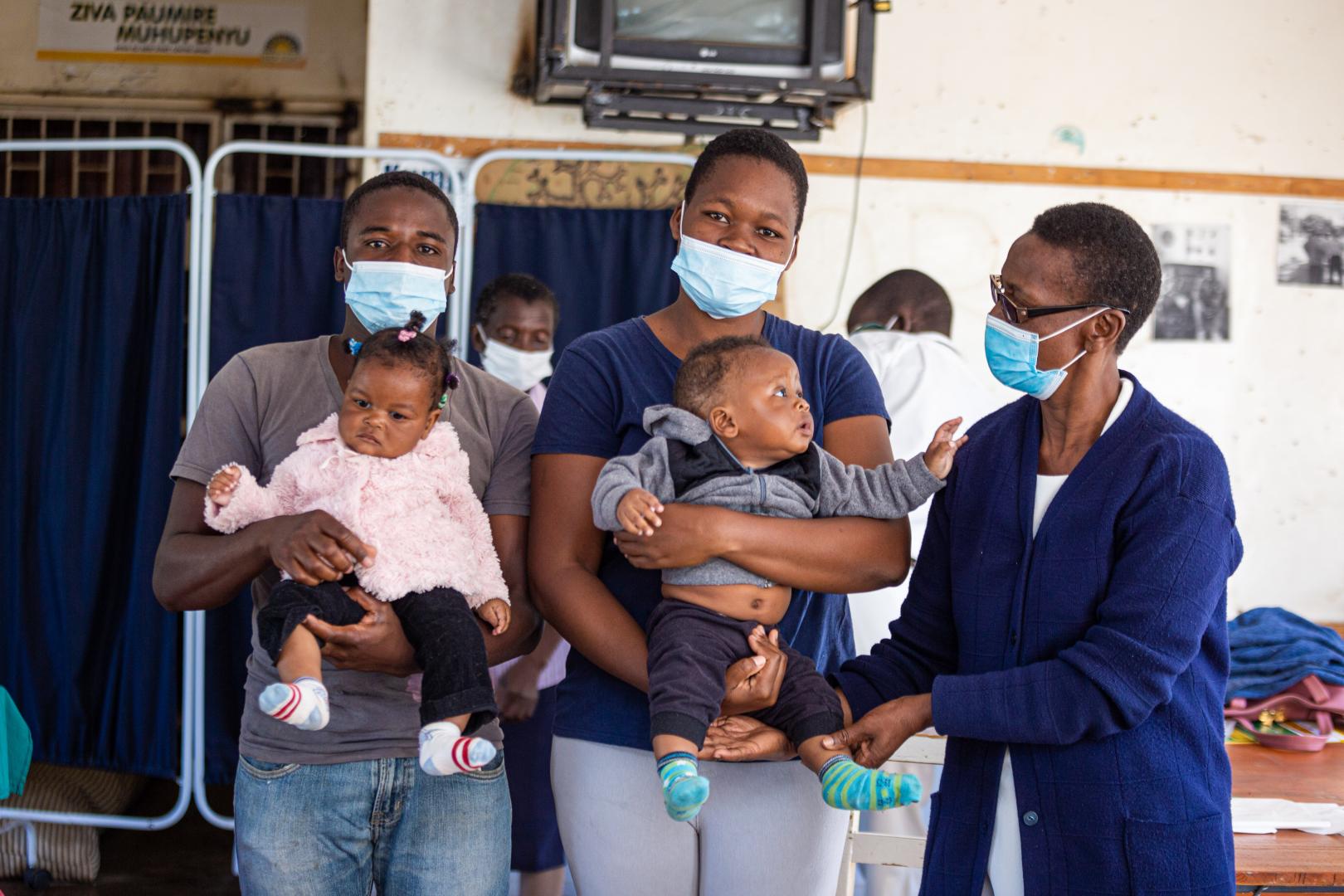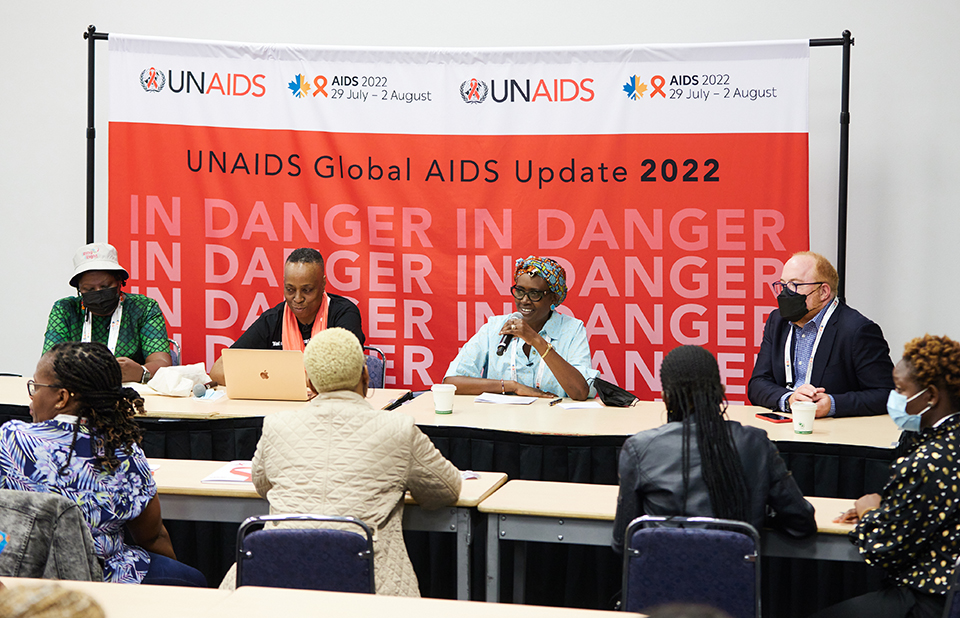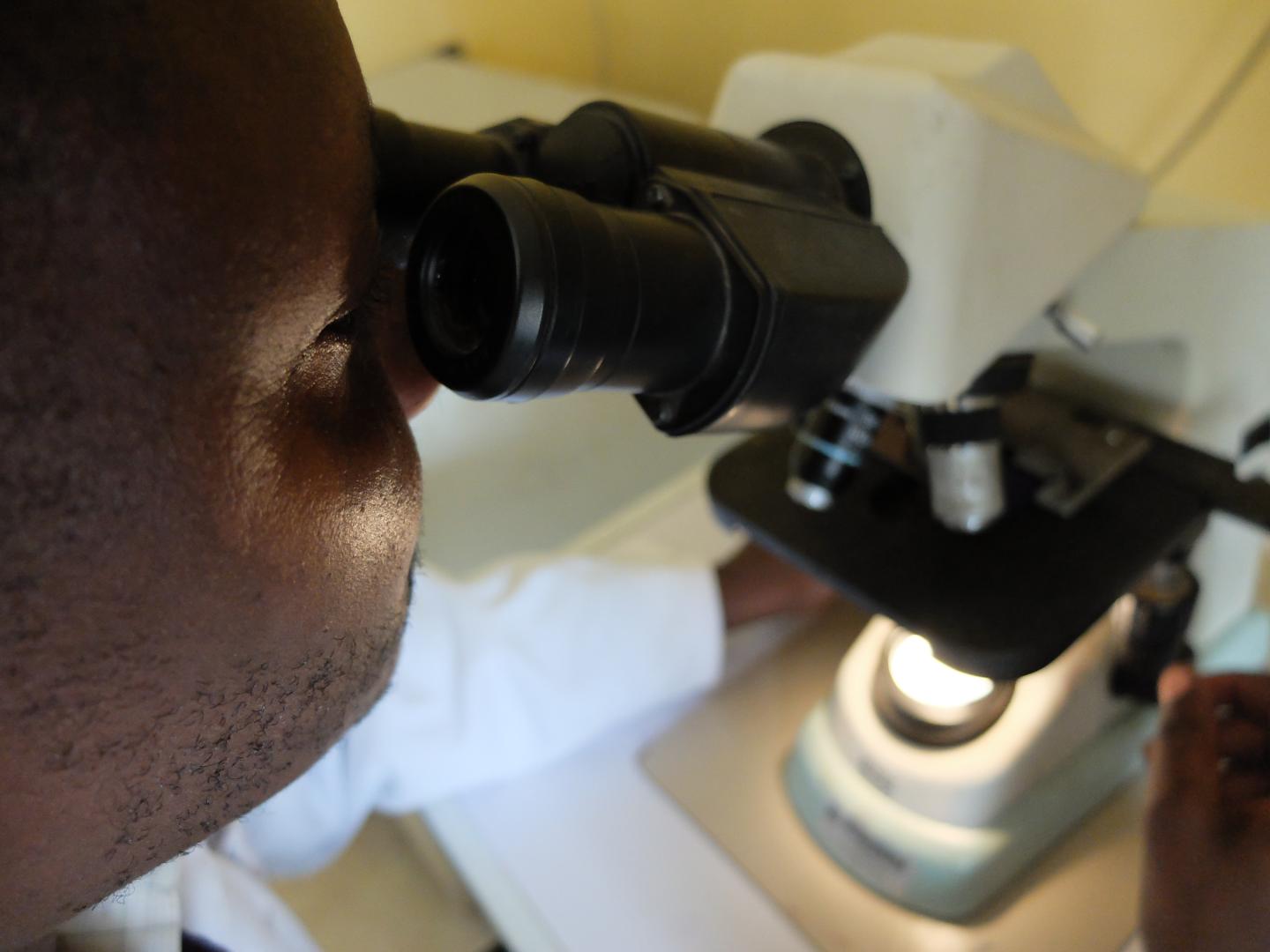World AIDS Day 2023: Let Communities Lead in the Fight Against HIV/AIDS
Every year, on the 1st of December, the world unites to commemorate World AIDS Day, a global initiative aimed at raising awareness about HIV and AIDS. This day serves as a call to action, urging communities to take a leadership role in addressing the challenges posed by this ongoing public health issue.
The theme for World AIDS Day 2023 is ‘Let communities lead,’ emphasizing the effectiveness of programs and initiatives when driven by the most impacted communities. Despite significant progress achieved through medical research, increased access to treatment and prevention, and global advocacy, critical challenges persist in achieving the proposed 2030 goals.
As per the World Health Organization (WHO), HIV remains a significant global public health concern, with some countries witnessing increasing trends in new infections that were previously on the decline. The key to progress lies in empowering communities and promoting scientific research and innovation in HIV/AIDS prevention, treatment, and care worldwide.
Key Facts:
- HIV has claimed 40.4 million lives so far, with ongoing transmission in all countries globally.
- An estimated 39.0 million people were living with HIV at the end of 2022, with two-thirds in the WHO African Region.
- In 2022, 630,000 people died from HIV-related causes, and 1.3 million people acquired HIV.
- There is no cure for HIV, but with access to effective prevention, diagnosis, treatment, and care, it has become a manageable chronic health condition.
- Global organizations, including WHO, the Global Fund, and UNAIDS, have aligned strategies with the SDG target of ending the HIV epidemic by 2030.
Targets for 2025:
95% of all people living with HIV should have a diagnosis.
95% of those diagnosed should be taking lifesaving antiretroviral treatment (ART).
95% of PLHIV on treatment should achieve a suppressed viral load.
In 2022, these percentages were 86%, 89%, and 93%, respectively.
Overview:
HIV (human immunodeficiency virus) is an infection that attacks the body’s immune system. AIDS (acquired immunodeficiency syndrome) is the most advanced stage of the disease. HIV targets the body’s white blood cells, weakening the immune system and making it easier to get sick with diseases like tuberculosis, infections, and some cancers.
The virus is spread through the body fluids of an infected person, including blood, breast milk, semen, and vaginal fluids. It is not spread by casual contact like kisses, hugs, or sharing food.
HIV can be treated and prevented with antiretroviral therapy (ART), but untreated HIV can progress to AIDS, often after many years.
AFHEG Foundation stands committed to the theme of ‘Let communities lead’ in the fight against HIV/AIDS. Our call to action centers on empowering communities through education, awareness, and access to essential HIV services.







